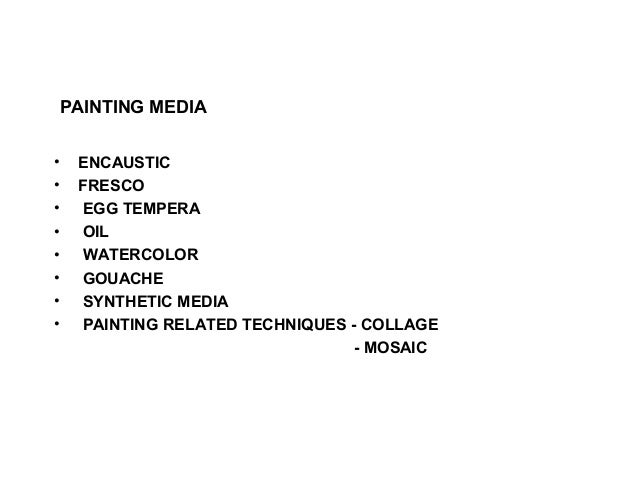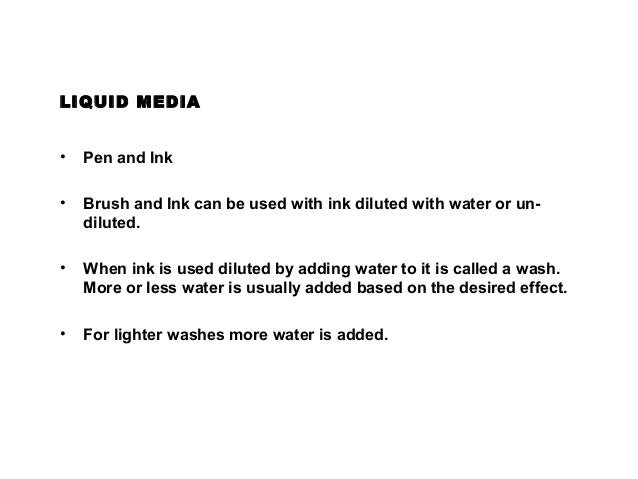
Once you’re comfortable with allowing yourself to feel something about art, take it to the next level. I don’t care what you majored in, or how your figure drawings (or stick figures) always come out. Our ability to make art and think critically about it separate us from dolphins and monkeys. Trust Your Instincts.Ĭreativity is one of the many benefits of human intelligence. But much as John Cage taught us the difference between noise and sound, seeing art that you disagree with can challenge your notions, or help you suss out your beliefs. It might make you roll your eyes to think about a highly paid artist flinging paint at a canvas like a toddler. Consider More Things As Art.Īnything within the context of art is art. Like what you like, even if you're not sure why, or can't put the reason to words. Remember that your unique experiences leading up to the moment you encounter a work of art will shape your appreciation of it, as will all the experiences that follow. Don’t be swayed by your peers or even your teachers. The best way to see art is to see it alone. You’ve had adverse reactions to tequila and yoga, did you give up on those, too? 2. As you go through life, your tastes will change.

Don’t write off art, an entire genre, or even a particular work just because it doesn’t agree with you at the moment.

As in the rest of life, there will be times when you can’t relate to the artist, or even understand where they're coming from. Everyone - artists and viewers alike - will have a unique experience. Stop Trying to “Get It.”Īrt isn’t a knock-knock joke, and squinting at an exhibit isn’t going to elicit a punch line. While contemporary art might seem exclusive or confusing, all viewers have to do is meet the artist halfway. Here are six easy steps to help you appreciate art.

Human beings have been making and benefiting from art for longer than our recorded history.


 0 kommentar(er)
0 kommentar(er)
